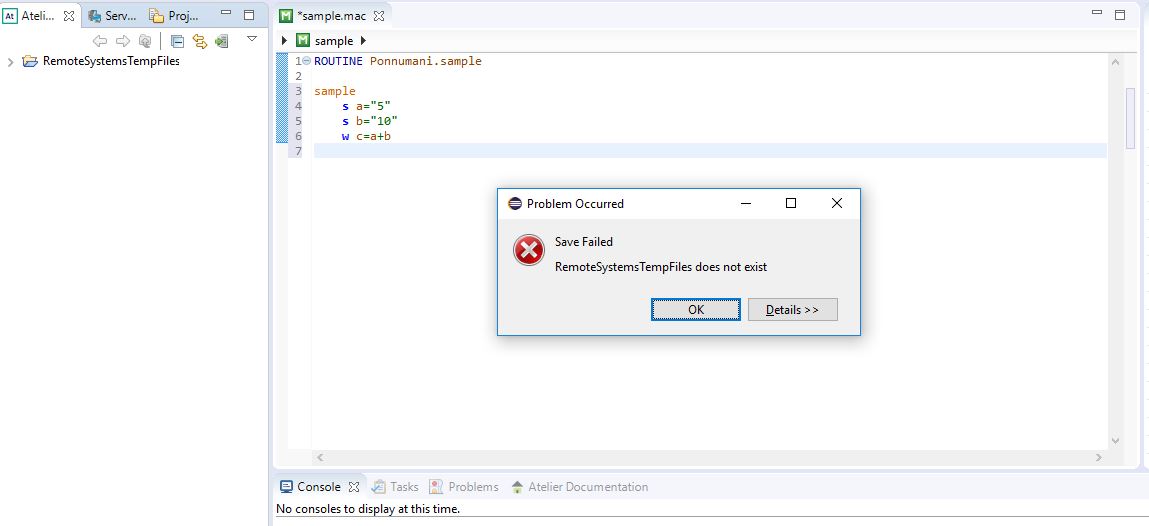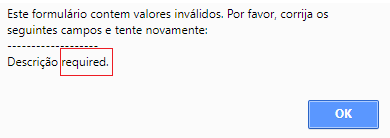Has anyone done any kind of integration with Dynatrace, which is a JVM transaction monitoring tool? Our organization uses this extensively with our Java and .Net applications and we wanted to know if it is even possible.
InterSystems Developer Community is a community of
25,449 amazing developers
We're a place where InterSystems IRIS programmers learn and share, stay up-to-date, grow together and have fun!





